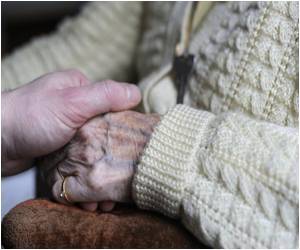A recent research has shown that there is an association between altruistic behavior of a person and brain anatomy.
A group of scientists headed by Ernst Fehr, director, department of economics, from the University of Zurich has discovered that the volume of a region of the brain is responsible for a person’s propensity to altruism. The team discovered that more gray matter is present at the junction between the parietal lobe and temporal lobe in people who are altruistically inclined.This is for the first time that a connection has been established between altruistic behavior and brain function. To probe deeper into this connect; an experiment was conducted wherein the volunteers were expected to divide money between themselves and another person who was anonymous. They were given the option of sacrificing a part of their money to this third person so that he could benefit at their expense.
It didn’t come as a great surprise when the researchers found that some of the participants were completely unwilling to part with any money while others did not hesitate to help.
But the purpose of the study was to discover the reason behind the difference in altruistic behavior between individuals.
Earlier studies have indicated that the meeting place of the parietal and temporal lobes is linked to one’s ability to empathize. Altruism is closely linked to this ability to empathize. The Zurich scientists suspected that the difference in the volume of gray matter in this part of the brain is responsible for the difference in altruistic behavior and their suspicion turned out right...!
Besides, the study participants also displayed characteristic differences in brain activity while they were deciding on methods to split up the money. In selfish people, in whom altruism is low, a small region of the brain behind the ear is active quite early on, while in altruistic people this region of the brain becomes more active only when they have reached their limits of willingness to behave altruistically.
Altruism and defending human rights can also be for selfish reasons, such as recognition or promoting one’s feeling of self-worth. Interestingly, human right abusers have a part of their brain missing. It makes one to wonder if regular human right offenders such as those who resort to torture, violence or extremism lack grey matter in the ‘right places’!
Gray matter volume is also influenced by social processes. Further research is required to explore the possibility of developing brain regions that control altruistic behavior, through proper training or social norms.
Reference:
Indiatimes
Source-Medindia











